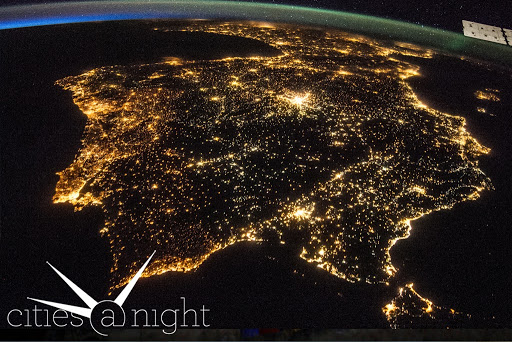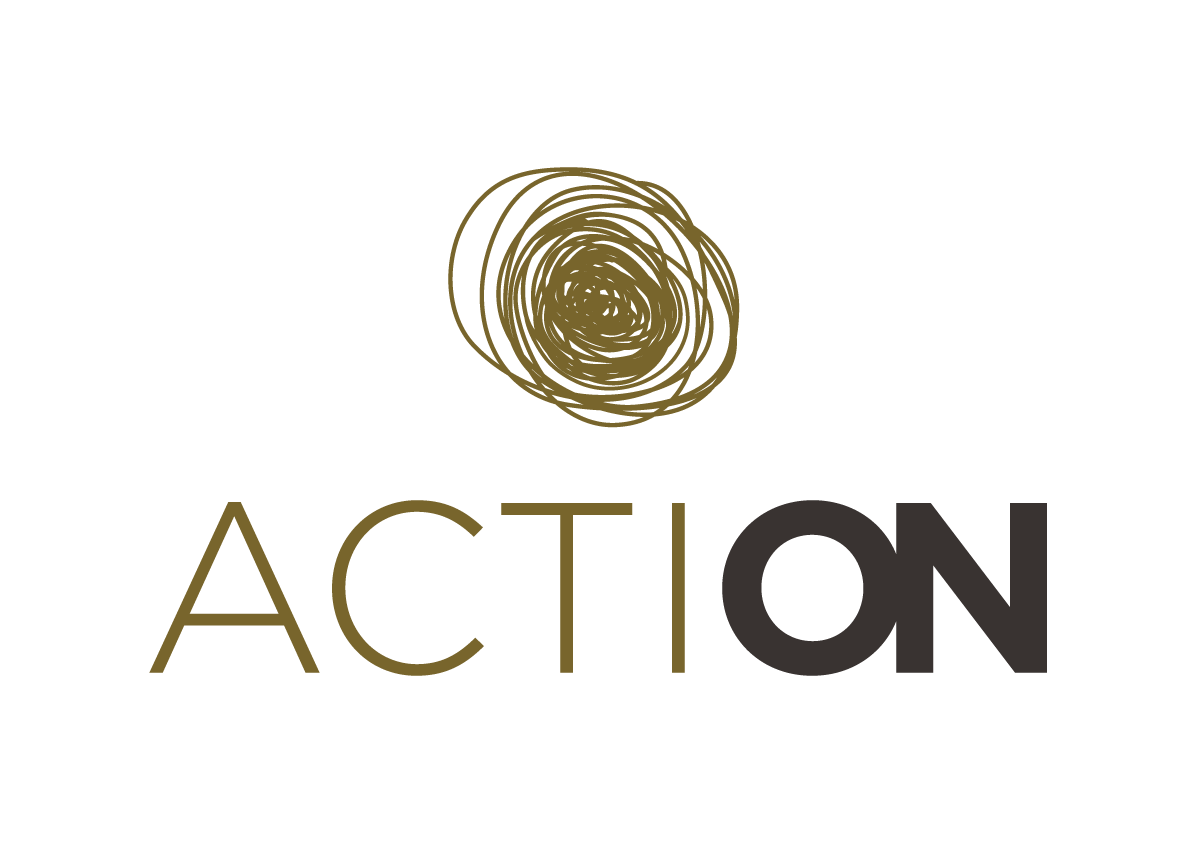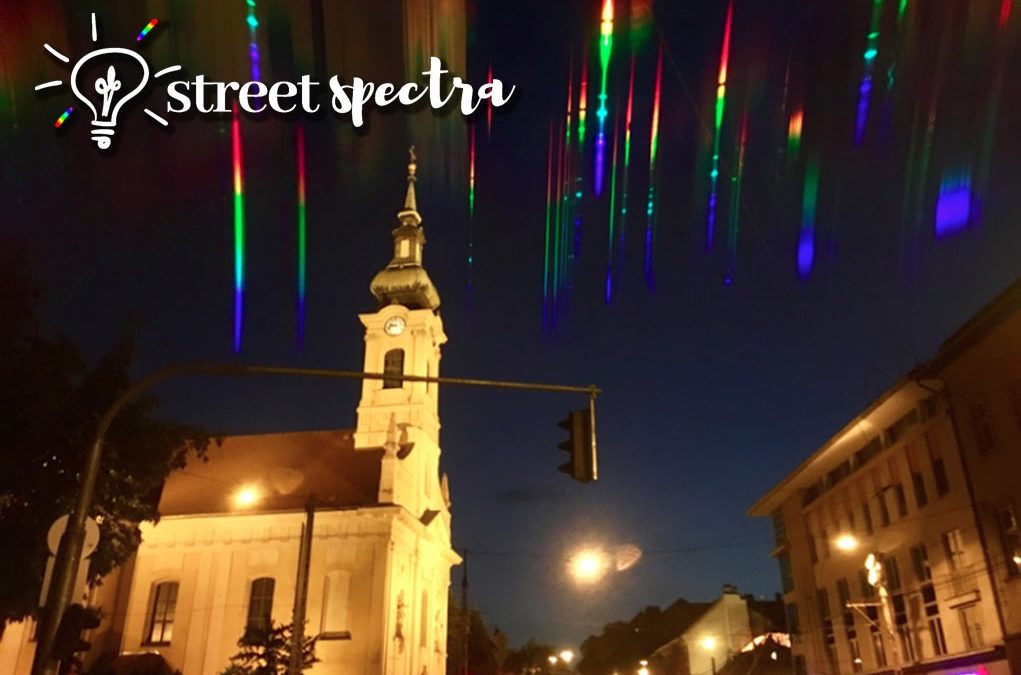The study of light pollution is one of the most innovative research topics, with the greatest scientific and social impact growth in recent years.
Artificial light alters the natural patterns of light and dark. It comprises direct glare, chronically increased illumination and temporary, unexpected fluctuations in lighting. In addition to our pilot Street spectra, that aims to compile a database of spectral contents and geographical distribution of light sources, there are some different research projects from Universidad Complutense de Madrid that try different approaches to measure and study light pollution.
Sky brightness varies along time. Values evolve during the same night for natural and artificial reasons such as the moon, the clouds and human activity. They are different as well in winter and summer and finally it evolves during the years as new artificial light sources are installed. For this reason it is necessary to install permanent photometers such as SQM or TESS-W to properly study light brightness evolution.


To study the evolution over time during the covid-19 pandemic AZOTEA uses measurements obtained at home with the help of DSLR cameras during and after the enforced lockdown.
Cities at Night aims to create a map, similar to Google maps, of the earth at night using the almost half a million night time color photographs taken by astronauts onboard the ISS.
Nixox project involves both professional and amateur astronomers to characterize the sky of more than 180 locations with pictures, directions and 360º plots showing the brightness values of the whole sky.


Finally, the s project Street colors will engage kids at school in a science and technology project with the help of their teachers using a low cost 6-band spectral sensor and an Arduino MCU. Students will build their own measuring device to measure streetlamp post lighting and will be able to upload their data and results to our repository using a custom mobile app.
More information about these projects can be found on the GUAIX research group webpage. Which one is your favorite?

